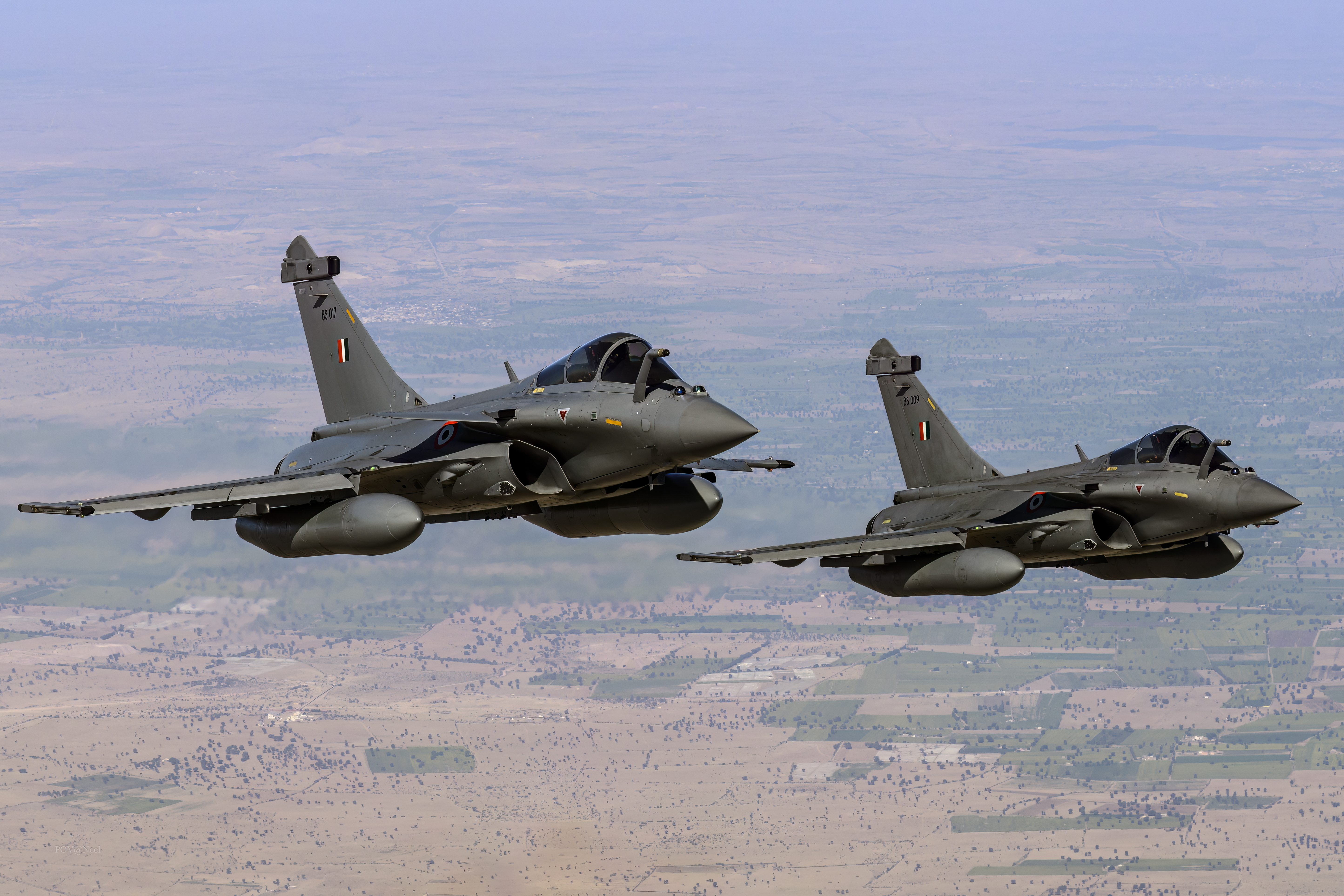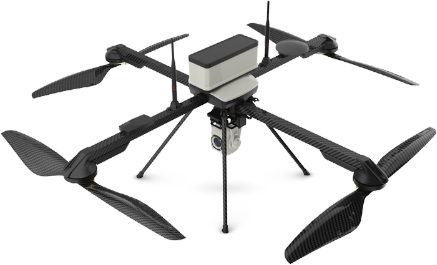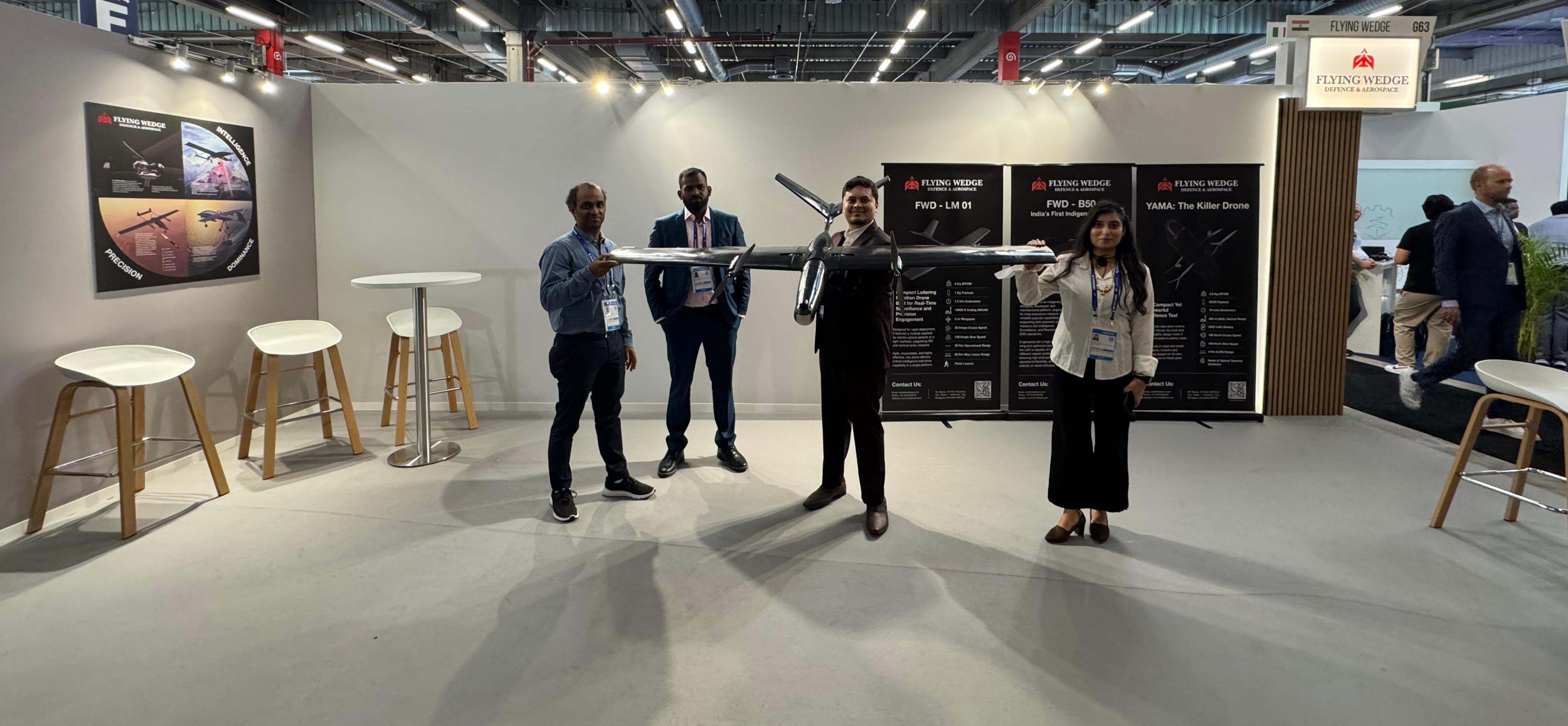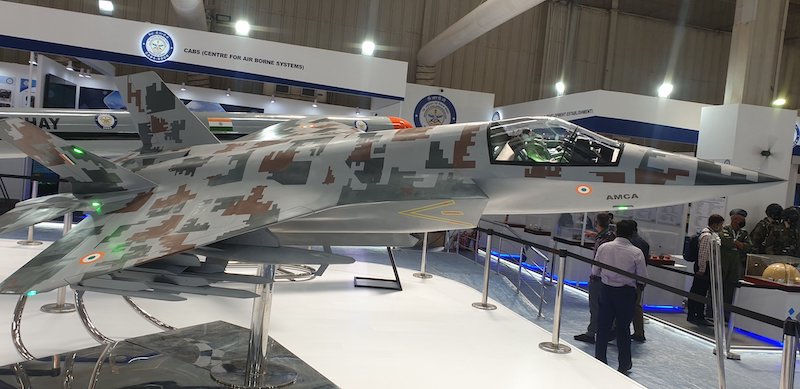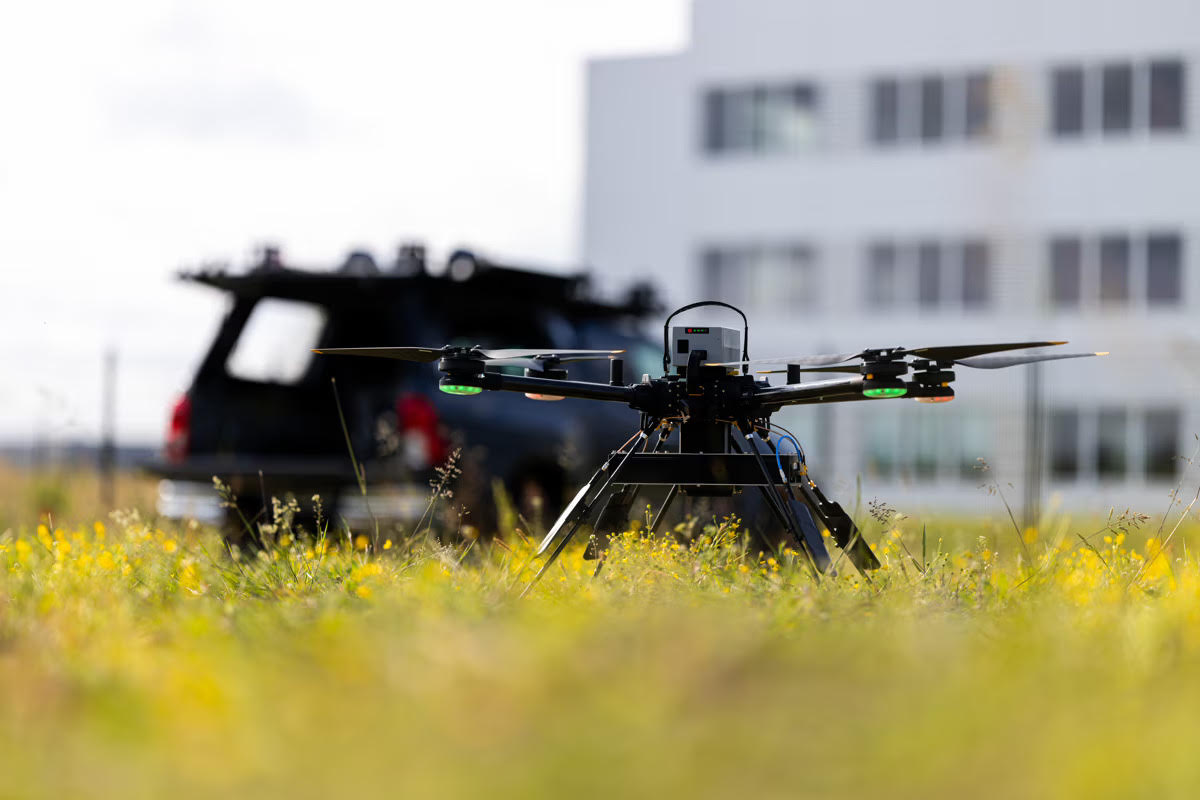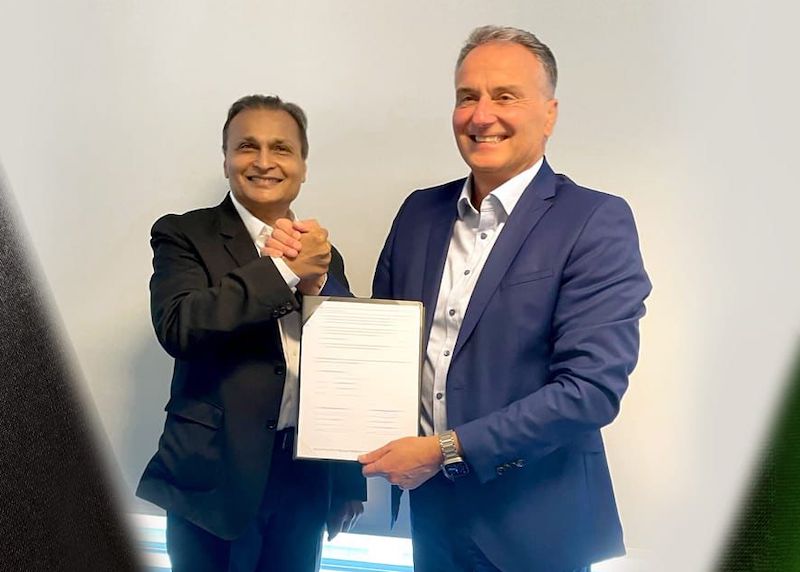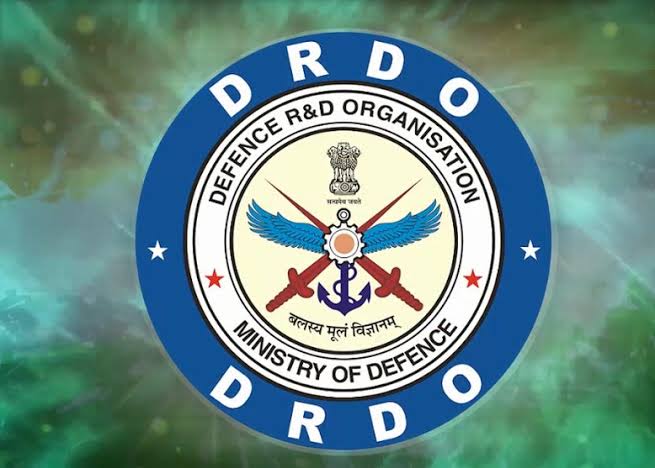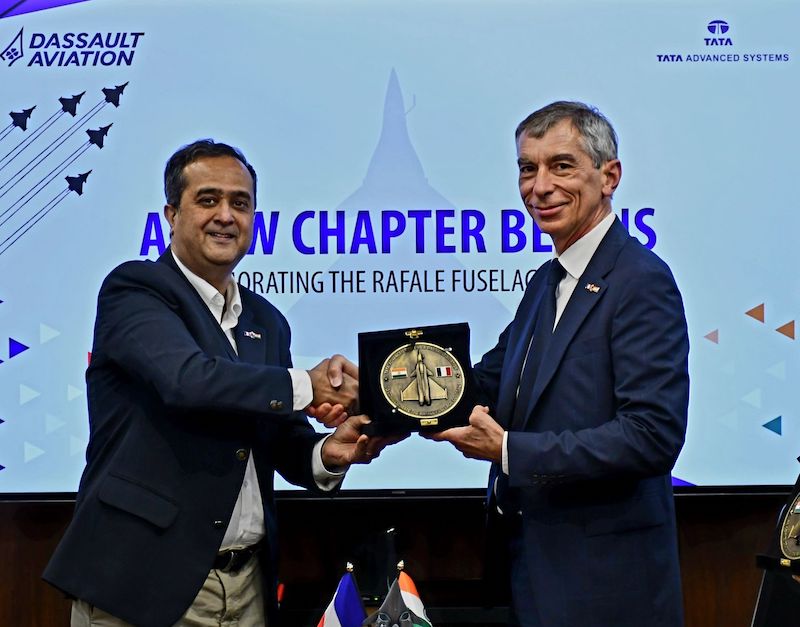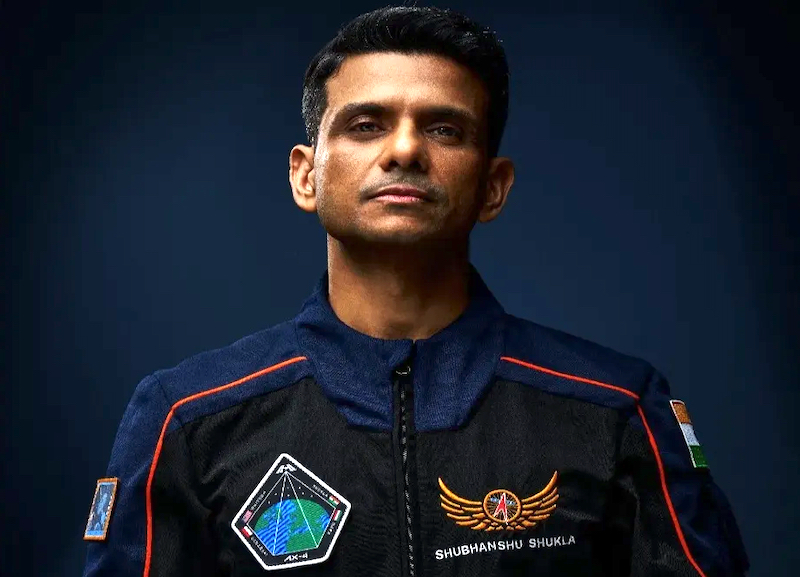 Group Captain Shubhanshu Shukla. (Photo: Nasa)
Group Captain Shubhanshu Shukla. (Photo: Nasa)
New Delhi: Indian Air Force test pilot Group Captain Shubhanshu Shukla has become the first Indian gaganyatri (Indian term for astronaut) to reach the International Space Station. This marked a historic moment for the country’s space programme and ended a 41-year gap since India’s last human spaceflight mission.
Shukla follows in the footsteps of Squadron Leader (later Wing Commander) Rakesh Sharma, who made history in 1984 by going to space as a part of the crew of the erstwhile Soviet Union’s Soyuz T-11 spacecraft.
Shukla successfully docked at the ISS aboard a SpaceX Dragon capsule on Thursday, June 26, 2025, at 4.01pm IST, following a 28-hour journey that began at Nasa’s Kennedy Space Centre in Florida. The 40-year-old pilot is serving as mission pilot for the Axiom-4 commercial mission, making him the second Indian to travel to space after Squadron Leader Rakesh Sharma’s landmark 1984 Soviet mission.
“I am feeling lightheaded, but that is not much of an issue compared to the things we will do here for the next 14 days,” Shukla said in his first remarks after boarding the station. “I wear the tricolour on my shoulders with pride.”
The achievement represents a significant milestone for India’s space ambitions, particularly as the country prepares for its ambitious Gaganyaan programme, which aims to launch Indian gaganyatris using indigenous technology by 2026.
International collaboration marks new era
The Axiom-4 mission brings together an international crew of four astronauts, with Shukla joining mission commander Dr Peggy Whitson of the United States, and mission specialists Sawosz Uznanski of Poland and Tibor Kapu of Hungary. The 14-day mission involves conducting more than 60 experiments from 31 countries, including seven India-specific scientific studies.
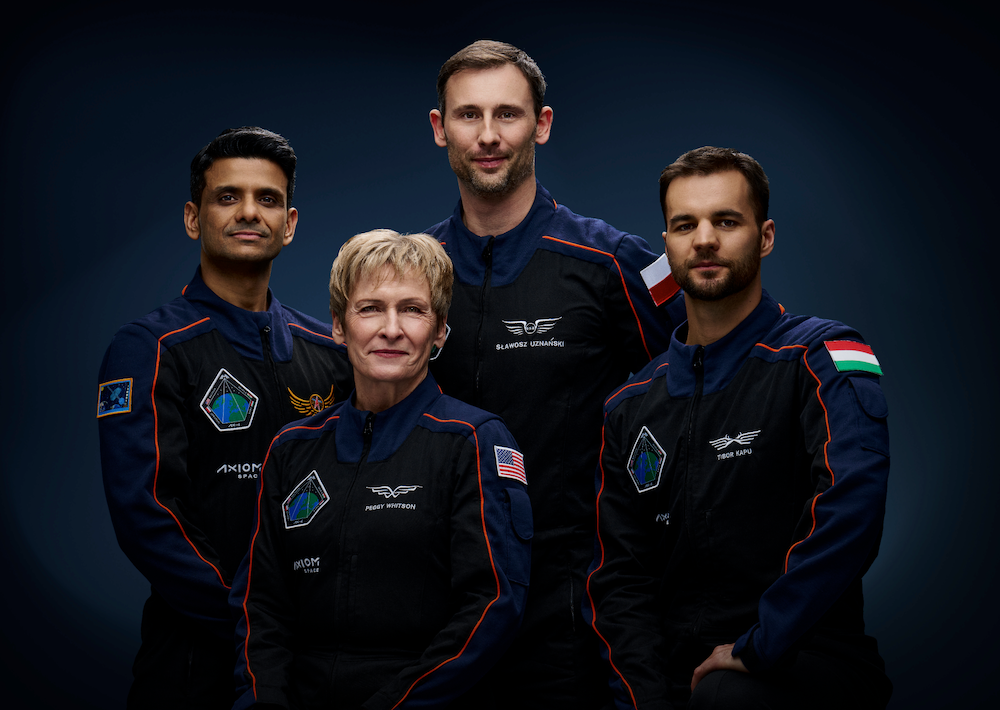 The Axiom-4 crew: (From L to R) Shubhanshu Shukla, Peggy Whitson of the US, Sawosz Uznanski of Poland, and Tibor Kapu of Hungary. (Photo: Nasa)
The Axiom-4 crew: (From L to R) Shubhanshu Shukla, Peggy Whitson of the US, Sawosz Uznanski of Poland, and Tibor Kapu of Hungary. (Photo: Nasa)
The collaboration between the Indian Space Research Organisation (Isro), National Aeronautics and Space Administration (Nasa), SpaceX, Axiom Space, and the European Space Agency signals India’s growing integration into the global space community. This partnership model could prove crucial for India’s future human spaceflight endeavours, offering access to proven technologies and operational expertise.
Dr Peggy Whitson, a veteran of three previous ISS missions with a record 665 days in space, praised the international nature of the crew. “This mission exemplifies what we can achieve when nations work together in the pursuit of scientific knowledge,” she said during pre-flight preparations.
Strategic experiments advance national goals
During his stay, Shukla will conduct experiments in space medicine, materials science, and technology demonstration designed by Indian researchers. These studies are expected to provide valuable data for the Gaganyaan programme, which has faced multiple delays since its initial announcement in 2018.
The experiments include investigations into protein crystallization in microgravity, studies on plant growth in space conditions, and tests of advanced materials that could be used in future Indian spacecraft. The research will contribute to a growing database of knowledge that could position India as a significant player in commercial space activities.
“These experiments represent years of preparation by our scientific community,” said Dr S Somanath, chairman of Isro. “The data we gather will be invaluable for our indigenous human spaceflight programme.”
From Lucknow to low Earth orbit
Born in Lucknow in 1985, Shukla’s journey to space began with his education at the National Defence Academy, followed by training at the Air Force Academy. As a test pilot, he has flown various aircraft including the MiG-21, MiG-29, and Sukhoi-30MKI, skills that proved essential for his spaceflight training.
His selection for the Axiom-4 mission followed extensive evaluation and training programmes conducted in the US and Europe. The preparation included spacecraft systems training, emergency procedures, microgravity adaptation, and scientific experimentation protocols.
Known as “Shux” among his colleagues, Shukla underwent rigorous physical and psychological testing alongside simulations of launch, docking, and re-entry procedures. His role as mission pilot requires proficiency in the Dragon spacecraft’s systems, though the vehicle operates primarily autonomously.
National celebration and future aspirations
The successful mission has sparked widespread celebration across India, with political leaders, scientists, and citizens expressing pride in the achievement. The prime minister, Narendra Modi, congratulated Shukla on social media, describing the mission as “a moment of immense pride for every Indian.”
At Shukla’s alma mater in Lucknow, family members and former teachers gathered to watch the live broadcast of the Dragon’s arrival. His father, Shambhu Dayal Shukla, told reporters: “We are extremely proud. This is a proud day for us and for India.”
The mission’s success comes as India’s space sector experiences rapid growth, with the government recently opening the industry to private participation and increasing budget allocations for space activities. The country’s space economy is projected to reach $13 billion by 2025, driven by satellite services, launch capabilities, and emerging technologies.
Looking ahead: Gaganyaan and beyond
Shukla’s mission serves as a crucial stepping stone for India’s Gaganyaan programme, which aims to demonstrate the country’s independent human spaceflight capability. The programme, with an estimated cost of $1.4 billion, has faced technical challenges and delays but remains a national priority.
Isro officials indicate that data from Shukla’s experiments and operational experience will inform design decisions for the Gaganyaan spacecraft and mission protocols. The agency plans to conduct two unmanned test flights before the crewed mission, currently scheduled for late 2026.
The success of the Axiom-4 mission also opens possibilities for future commercial partnerships and India’s participation in international space initiatives, including potential involvement in lunar missions and deep space exploration programmes.
As Shukla and his international colleagues begin their scientific work 400 kilometres above Earth, their mission represents more than national achievement. It symbolizes India’s emergence as a serious player in human spaceflight and its commitment to advancing scientific knowledge through international cooperation.
The gaganyatri’s 14-day stay will conclude with a planned splashdown off the Florida coast, but the impact of his historic journey will resonate far longer, inspiring a new generation of Indian scientists and engineers to reach for the stars.


